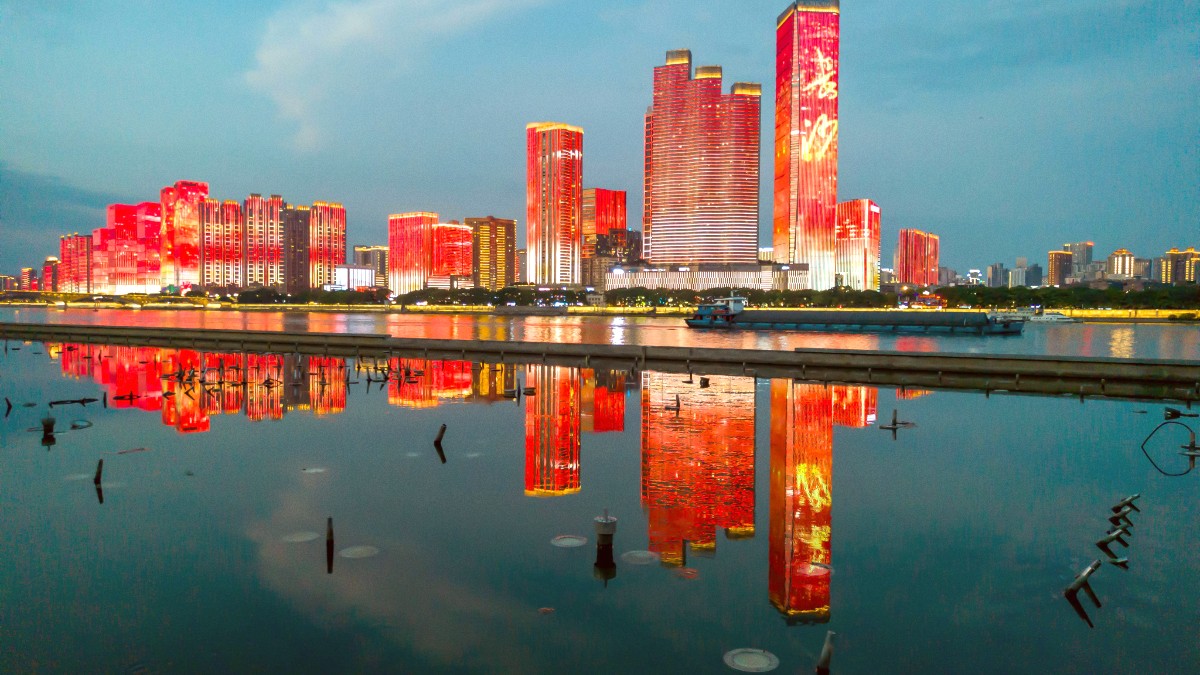
Hunan, China
Hunan's climate historically influenced its cuisine. Chili peppers became essential for warming in winter and appetite stimulation in summer. Pickling and smoking meats preserve food and add distinct flavors. The cuisine reflects the direct, spirited character of the Hunanese people.
Mao Zedong's love for local dishes cemented their status.
The star. Used fresh, dried, pickled (剁椒), smoked. Intense heat and complex flavor.
Garlic, shallots, ginger, and fermented black beans (豆豉) form a pungent, fragrant, savory base.
Traditional smoked pork (腊肉). Sour flavors from pickled vegetables (酸豆角) or vinegar balance the spice.
A signature Hunanese dish. Spicy, savory, incredibly flavorful. Fish fat absorbs chili and garlic. Often served with noodles.
Find at: Most traditional Hunan restaurants.
A less spicy, richer dish. Pork belly slow-braised in soy sauce, rock sugar, and spices. Incredibly tender and flavorful.
Find at: Most Hunan restaurants, especially those catering to historical tourism.
Hunanese cured and smoked pork, stir-fried with vegetables like bamboo shoots or garlic sprouts. Smoky and savory.
Find at: Traditional Hunan restaurants.
Strong Chinese liquor, common for celebrations. Local beer might be available.
Green tea often complimentary. Warm soy milk for breakfast. Fresh fruit juices available.
Found in luxury hotels (St. Regis, Niccolo) or upscale malls. Refined Hunan cuisine or international options. Sophisticated ambiance for special occasions.
Abundant authentic Hunanese dishes at reasonable prices. Good for experiencing traditional cuisine in a comfortable setting. Look for local chains like "Huogongdian".
Changsha's culinary heart. Pozi Street and Huangxing Road Pedestrian Street are prime spots for iconic street food like Stinky Tofu.
Sell fresh produce, meats, spices. A glimpse into local food culture.
Not dining establishments, but offer cultural experience.
Large shopping malls have food courts with Chinese fast food, international chains, and regional cuisines.
Air-conditioned and convenient.
McDonald's, KFC, Pizza Hut.
Sushi, ramen, BBQ, hot pot.
Thai and other Asian restaurants.
Major commercial districts and upscale malls.
Very limited. Finding dedicated Halal restaurants might be difficult outside specific communities.
Inquire with local Muslim community centers for guidance.
Virtually non-existent. Travelers needing kosher food should bring pre-packaged meals.
Rely on universally kosher items like fresh fruits.
Carry a small card with dietary needs clearly written in Chinese. This reduces miscommunication.
Translation apps (Google Translate offline Mandarin pack, Pleco) are invaluable.
Some private chefs or local tour operators offer hands-on classes to learn signature dishes.
Tours explore food streets and hidden local eateries for tastings.
Less common in the city. Specialized tours into Hunan countryside may include tea or chili farms.
Sweet, chewy sticky rice cakes, pan-fried and coated in brown sugar-ginger syrup.
A comforting counterpoint to spicy dishes.
Candied hawthorn berries (or other fruits) on a stick.
More common during winter months.
In June, features Zongzi (sticky rice dumplings) and dragon boat races.
In Sep/Oct, enjoy Mooncakes (月饼) during this family gathering holiday.
While available year-round, spicy crayfish is a hugely popular seasonal dish, especially in summer.
Changsha's culinary identity makes for a delicious part of your visit.